Marietta, Georgia, may not be as large of a city as Atlanta or Savannah, but that does not mean bicyclists are immune from danger on the town’s roads. In fact, smaller cities often lack some of the infrastructure to improve cyclist safety that bigger communities enjoy.
Individuals looking to bike in Marietta for pleasure or as an alternative means of commute should do so, knowing the dangers involved. Understanding how the city accommodates cyclists is a crucial step in biking safely and avoiding bicycle accidents.
Marietta Bicycle Accident Statistics
Although there are no bicycle safety stats that are specific to Marietta, available statistics show that over 500 bicycle accidents of all types occurred in Cobb County between 2013 and 2023. Five were fatal, 31 resulted in serious injuries, and 162 caused at least some visible injury to the cyclist.
The number of severe and fatal injury crashes peaked in 2020, with two fatal crashes and five serious injury accidents. The following year, there was only one deadly accident and one serious injury bicycle wreck. But by 2022, the number of serious injury accidents had climbed back to four alongside one fatality.
These numbers reveal that, over ten years, Cobb County experienced approximately 48 bicycle accidents per year (or about four each month). Approximately one fatal accident occurred in the county every two years, and about three bicycle wrecks causing severe injuries happened every year.
Bicycle Accident Stats in Georgia As a Whole
Overall, the state of Georgia recorded 7,432 bicycle accidents over the same ten-year period. A total of 160 fatal accidents involving bicyclists and another 733 severe injury accidents took place during that period.
Bicycling Infrastructure in Marietta, GA
Bicycle infrastructure refers to the construction projects a city undertakes to benefit bicyclists and enhance their safety. Some towns, for instance, create bike lanes to give cyclists a designated space to ride within. Other locales may go further, creating physical barriers on the road to separate motorists and bicyclists.
Marietta does not feature either of these two forms of bicycle infrastructure. Instead, it boasts a system of multi-use trails that connect various neighborhoods and parts of the city. These trails are open to bicyclists and pedestrians and allow the former to access parts of the city without needing to travel on roads.
The system has its share of advantages and drawbacks. On the one hand, the trails give bicyclists a convenient way of traveling across town. However, bicyclists must share these trails with pedestrians, which raises the risk of collisions that can injure both parties.
Additionally, the trails do not cover all of Marietta. Accessing certain homes, businesses, or shops by bicycle will likely still require riding on surface roads. Marietta plans to increase the appearance of bike lanes on these roads in the future. Until then, however, bicyclists must ride near motor vehicles and be exposed to the risks of doing so.
Georgia Bicycle Safety Laws You Should Know
One part of any city’s plan to address bicyclist safety involves the education and enforcement of safety laws. Riders, pedestrians, and motorists are responsible for knowing and following these laws, which touch on everything from how bicyclists should ride to the equipment they must wear.
Some of the more significant Georgia bicycle laws include the following:
Helmet Use
Individuals over 16 do not have to wear a helmet while biking in Marietta. Any child who is under 16 must wear a helmet that meets the American National Standards Institute’s or Snell Foundation’s standards. Of course, anyone can wear a helmet, and doing so can reduce the likelihood of a severe head injury in the event of a crash.
No Riding on Sidewalks
Georgia law prohibits bicyclists who are over 12 years of age from riding on sidewalks. Young cyclists should yield to pedestrians and always be observant of their surroundings in order to prevent pedestrian-bicyclist collisions that can injure both the child and the pedestrian.
Ride on the Right Side of the Road
When traveling on roads, bicyclists should stay as far to the right as possible. They should not venture into other parts of the street unless they must do so to turn left or to avoid a hazard. A bicyclist can also move toward the center of the road to pass another cyclist or vehicle if doing so is safe. Following these rules gives motorists and bicyclists space to share the road safely.
Allow For Safe Passage
In Georgia, motorists must give bicyclists at least three feet of clearance when overtaking them on the road. That is intended to prevent a driver from accidentally clipping a cyclist, startling them, or cutting them off.
Additionally, while not explicitly stated in the safe passing law, bicyclists should not engage in any reckless or aggressive conduct while being passed.
Follow All Traffic Laws
Bicycles are considered vehicles that must follow Georgia’s traffic laws. These include the state’s right-of-way laws and any signage that affects traffic movement. Bicyclists must also stop at all stop signs and red traffic lights. They should provide hand signals if they intend to stop or turn.
Is Bicycling Safe in Marietta, Georgia?
Several considerations factor into determining whether bicycling in Marietta is safe. The greater Cobb County area sees several dozen bicycle wrecks annually, but only a small percentage (about one percent) are fatal. Moreover, Cobb County’s numbers are just a tiny fraction of the total number of bicycle collisions that occur throughout Georgia.
Marietta’s trail system makes various parts of the city accessible to bicyclists and pedestrians. And the city’s planned introduction of bike lanes on roads shows a commitment to bicycle infrastructure and cyclist safety.
Still, even with such improvements, bicycle safety will depend mainly on motorists, cyclists, and pedestrians knowing and following the “rules of the road.” These include bicyclists wearing safety equipment like helmets, following right-of-way laws, and obeying signs and signals.

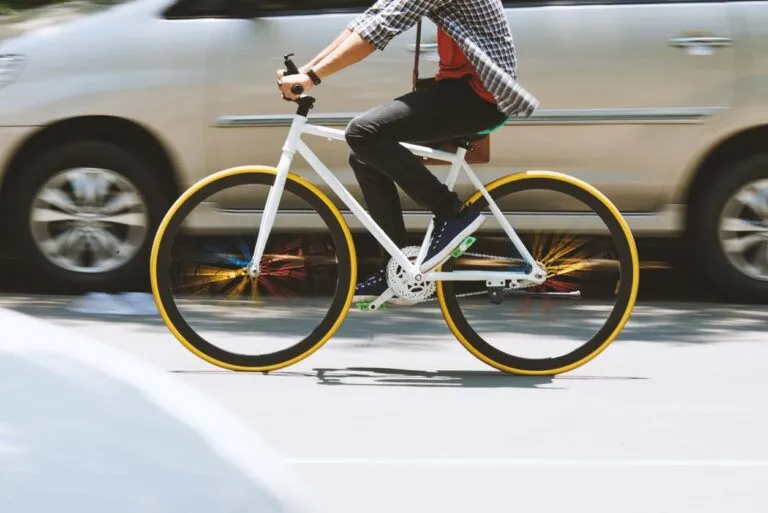
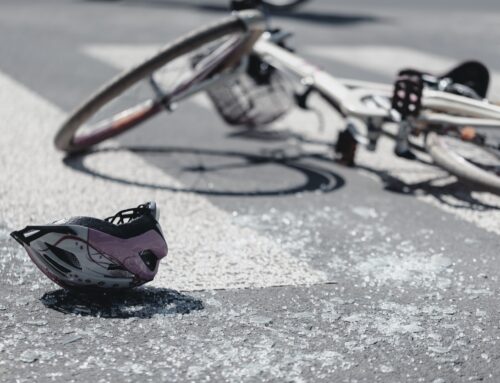
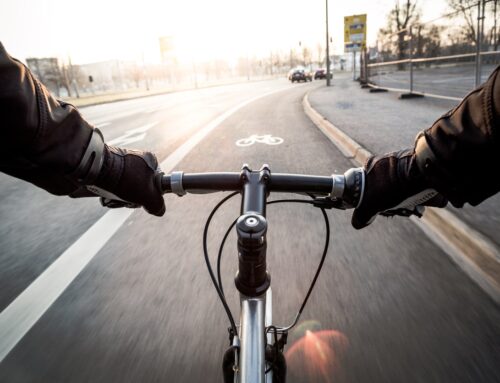
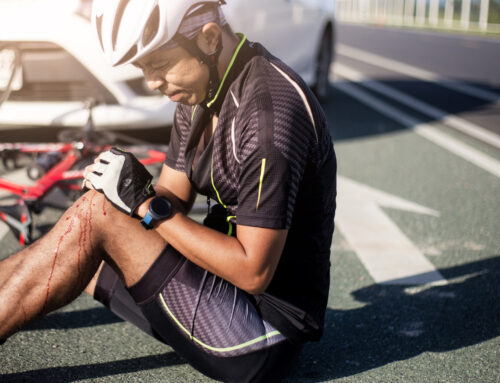
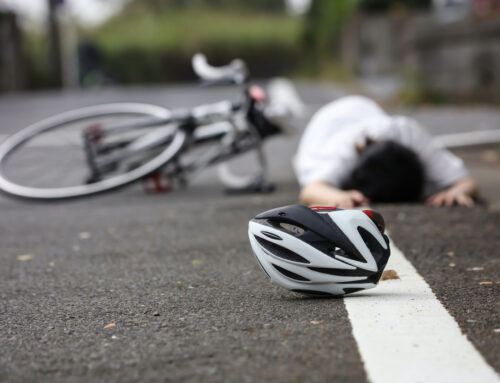
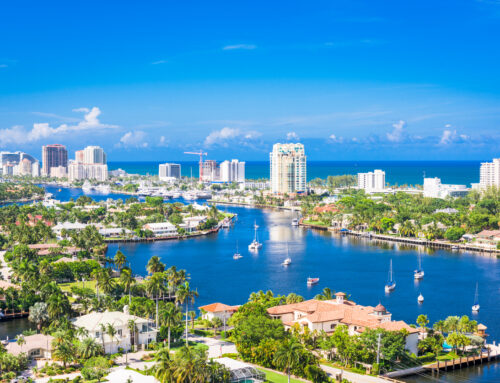
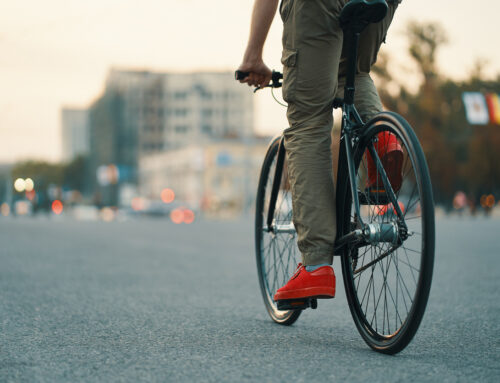
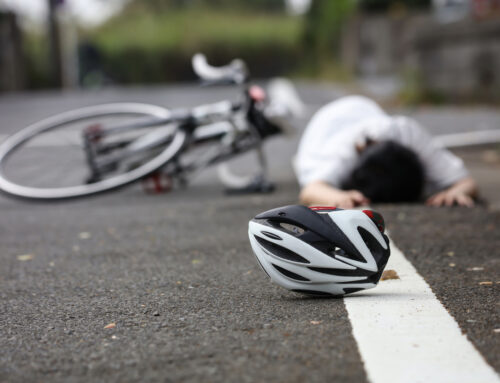

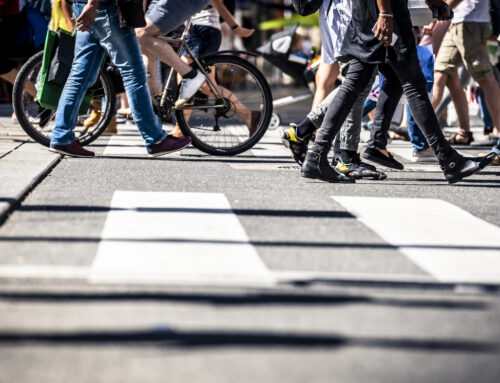
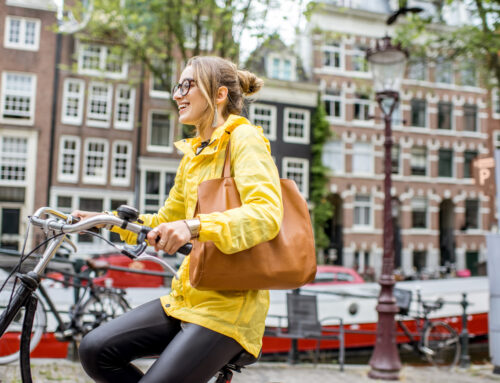

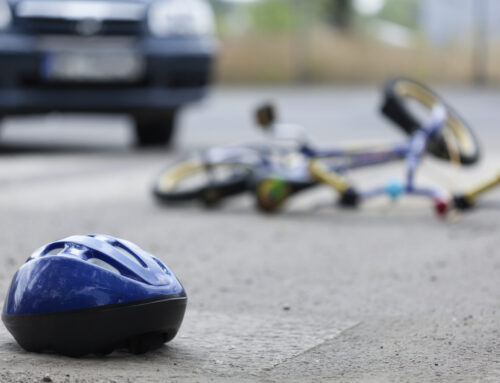
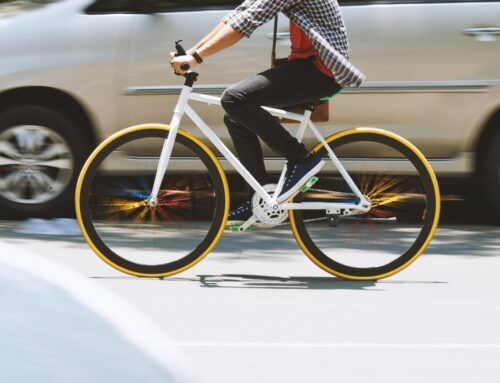
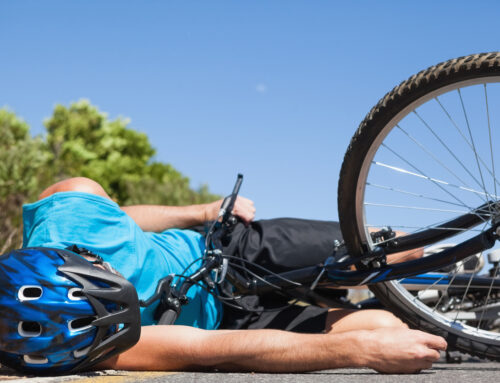
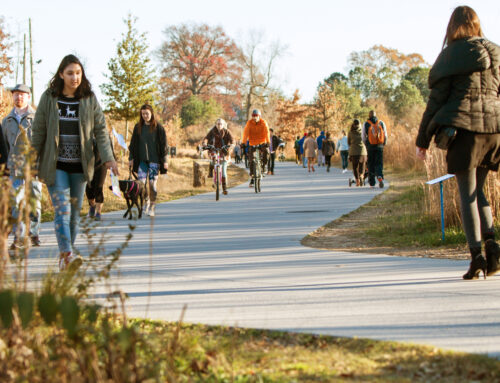

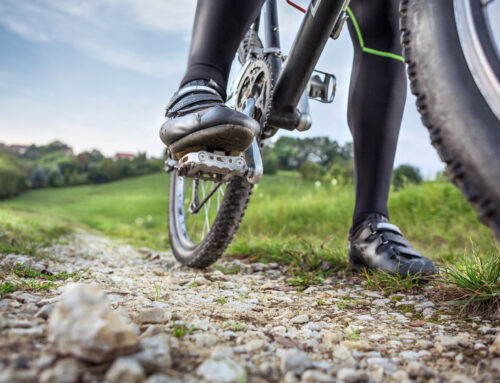
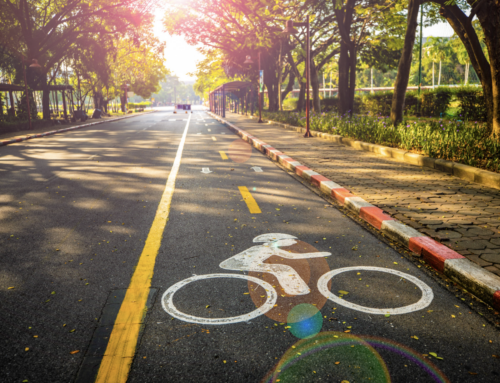
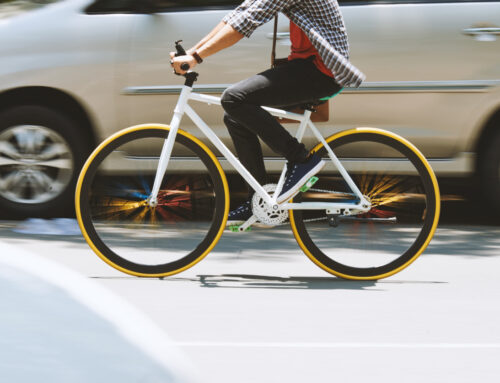
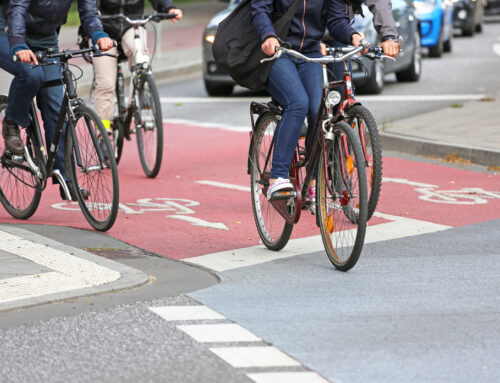
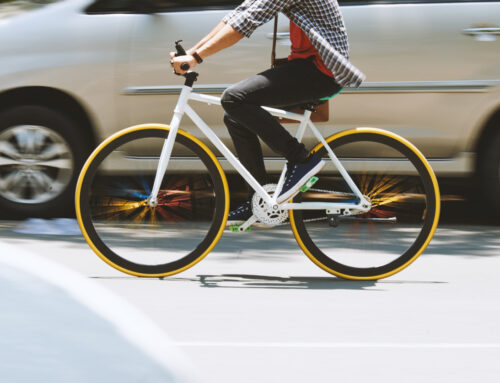
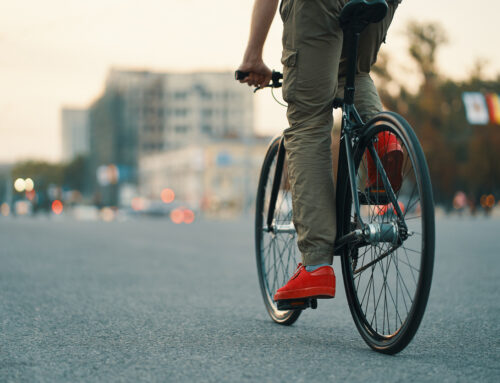
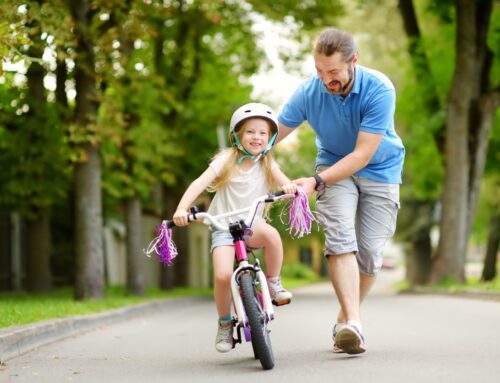
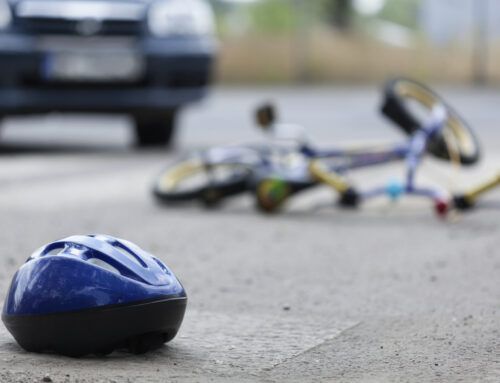
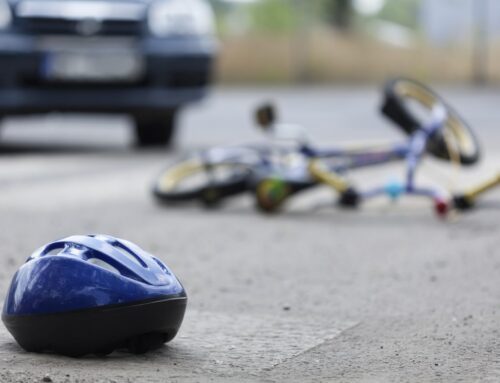
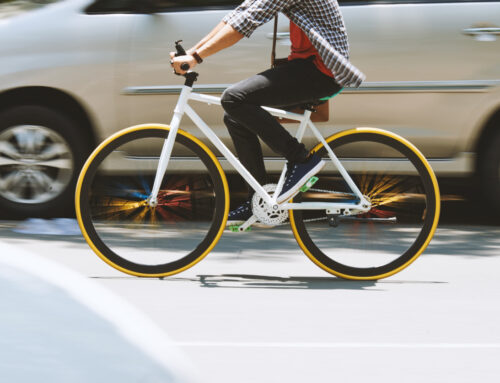

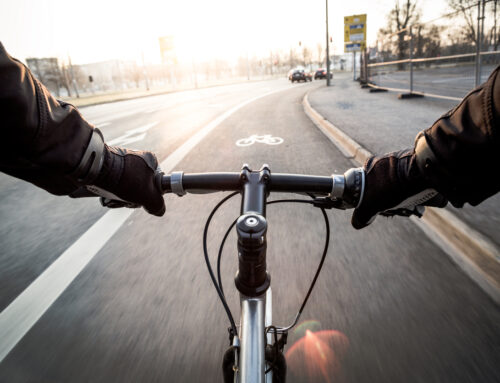
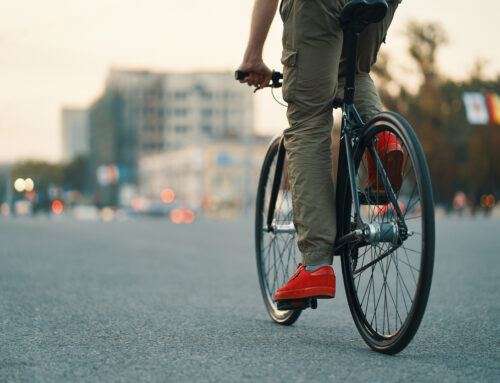
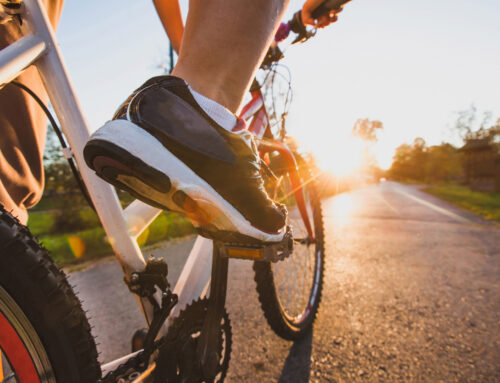
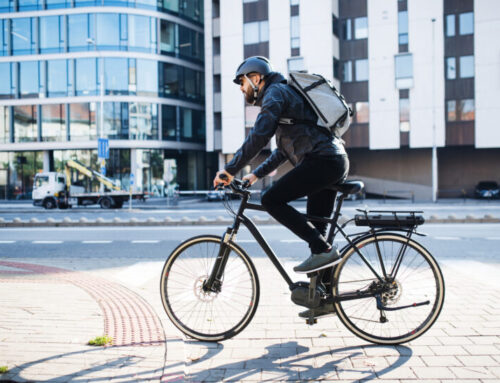
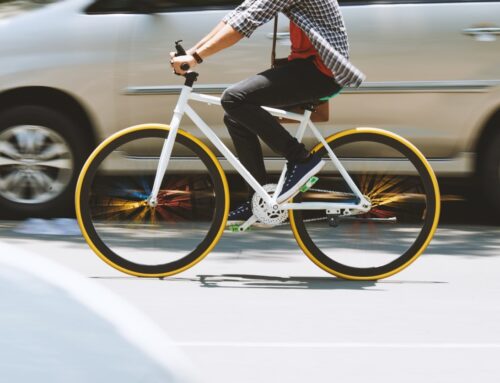
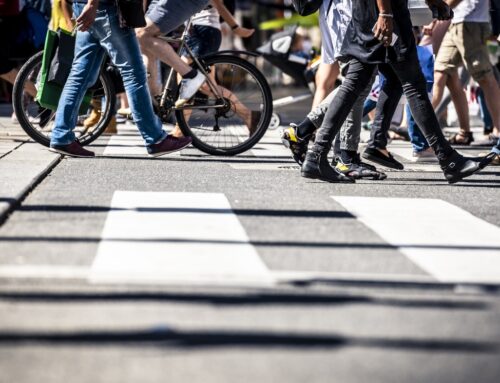
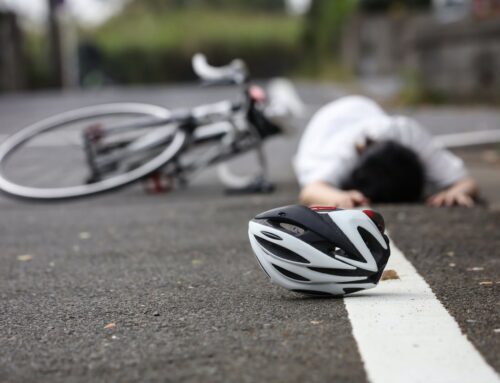
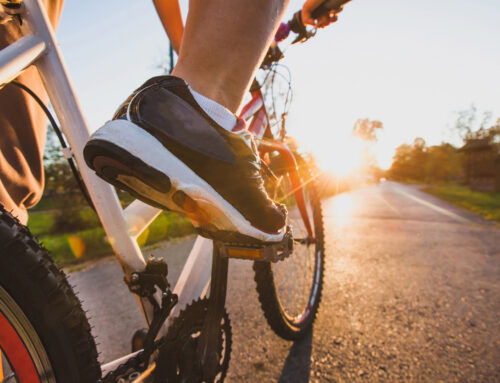
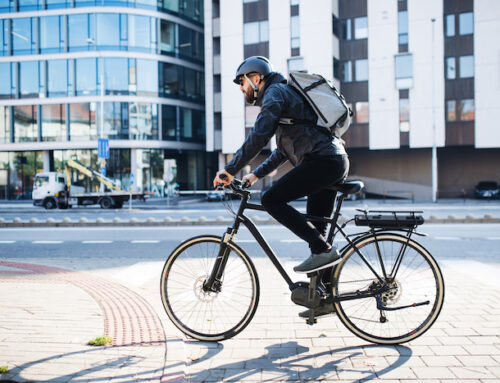
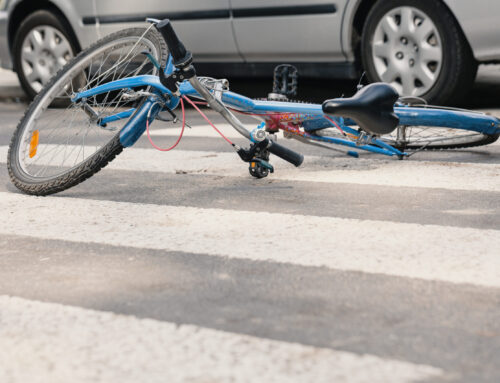
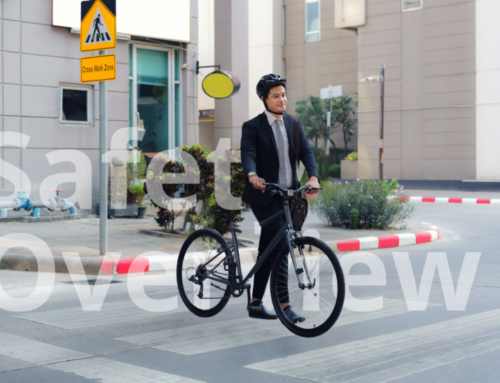
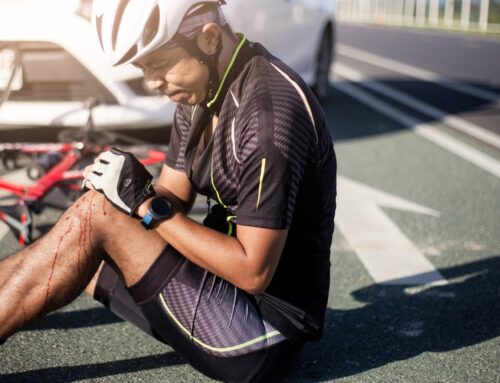

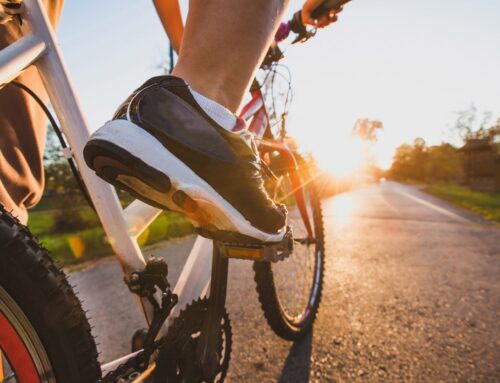
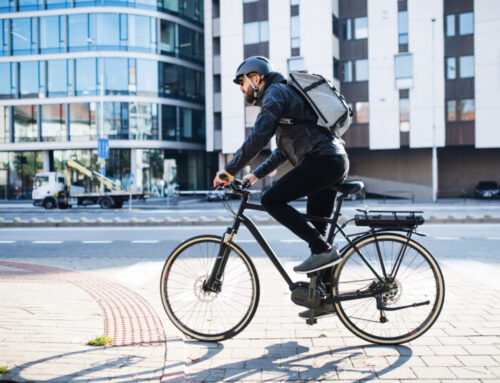
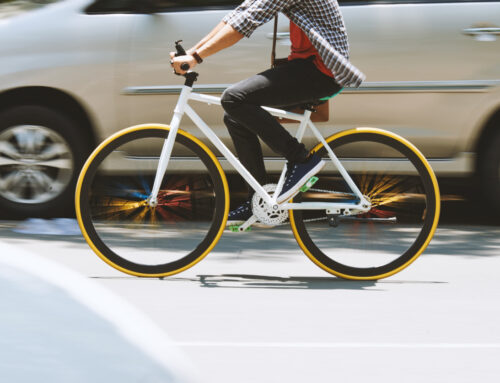
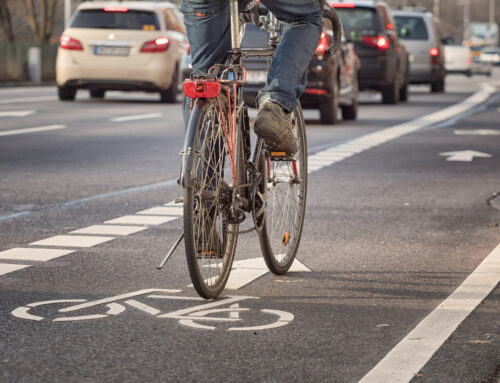
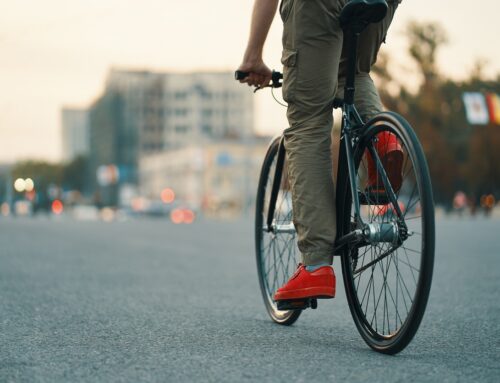

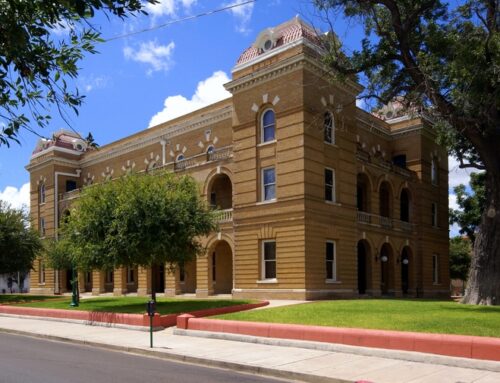
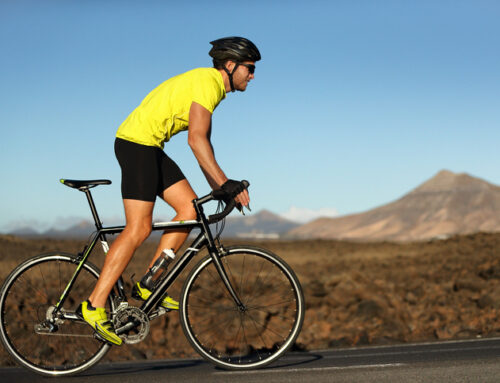
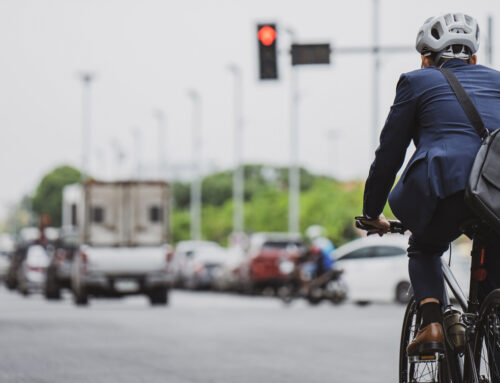
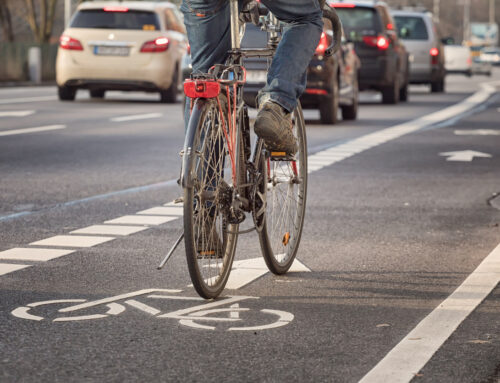
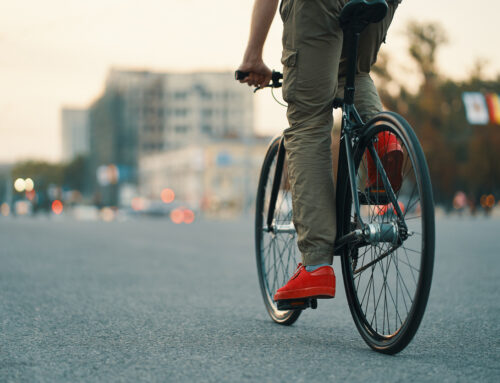
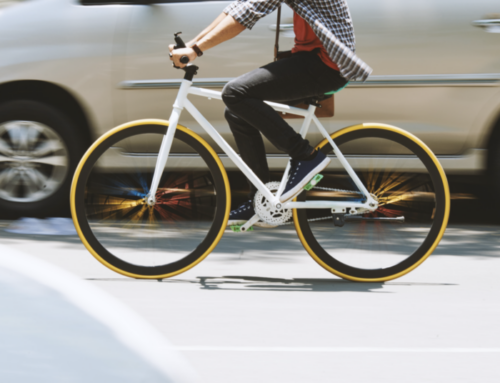
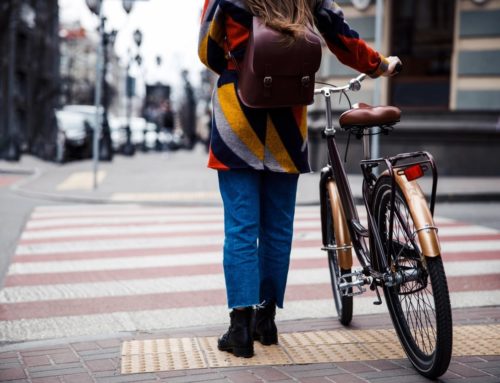
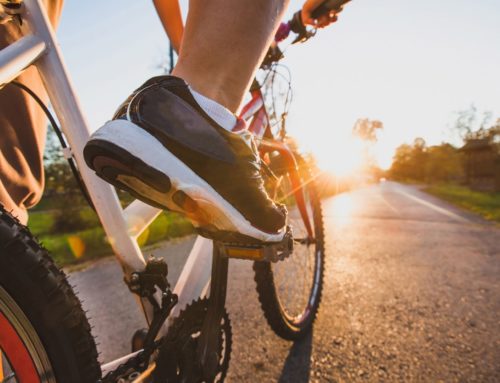
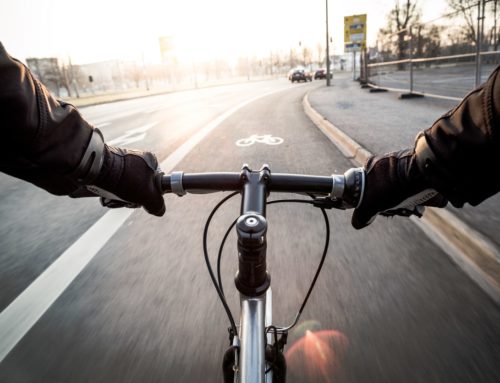
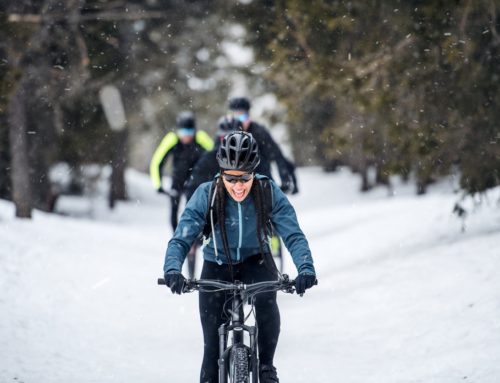
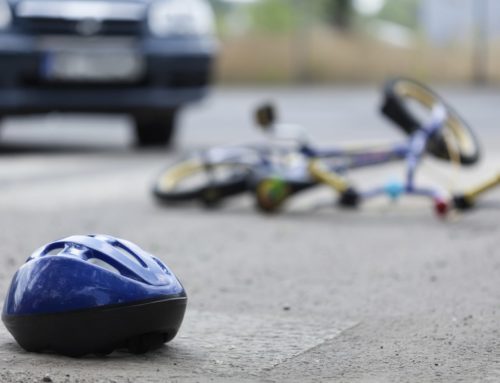
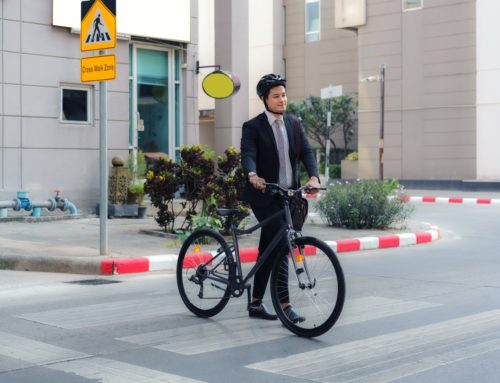
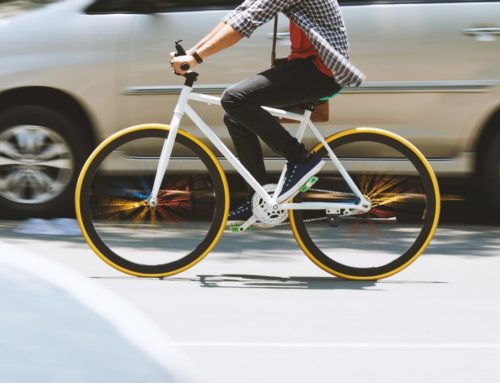
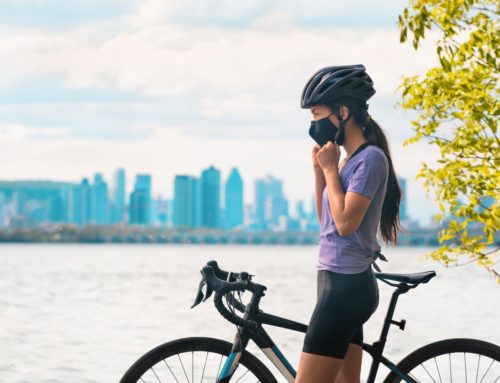

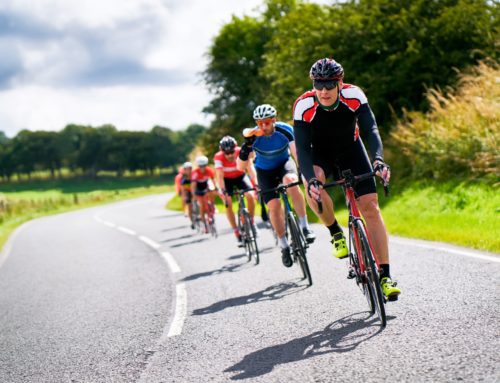
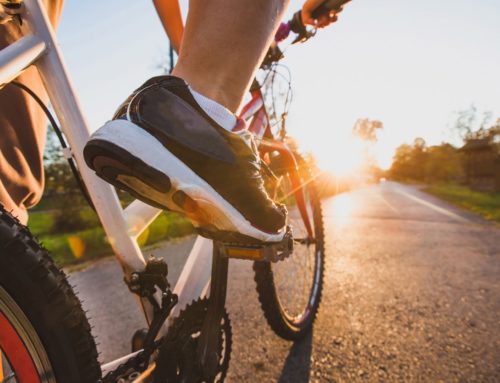
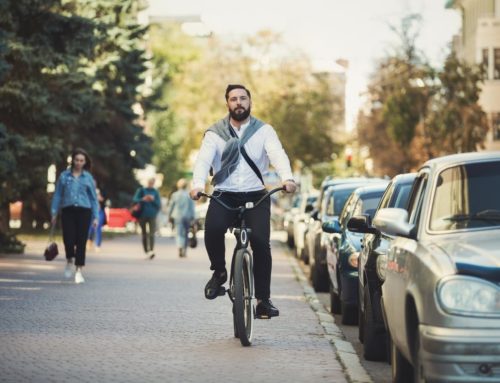
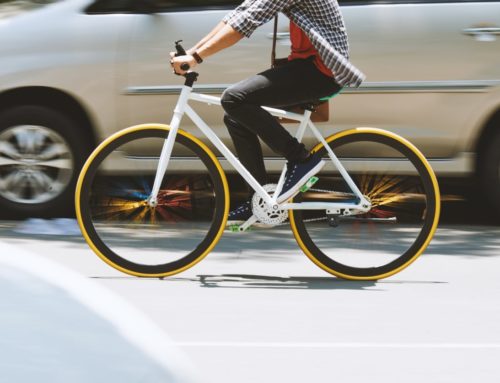
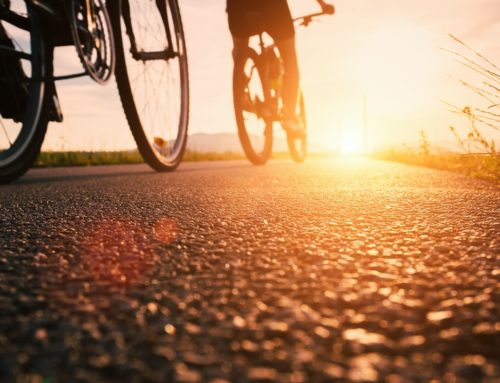
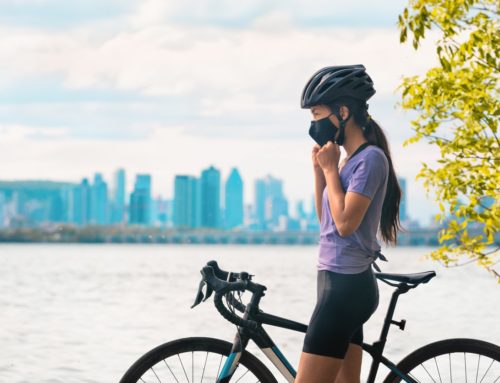
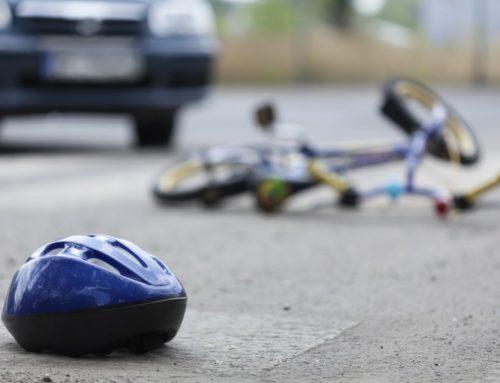
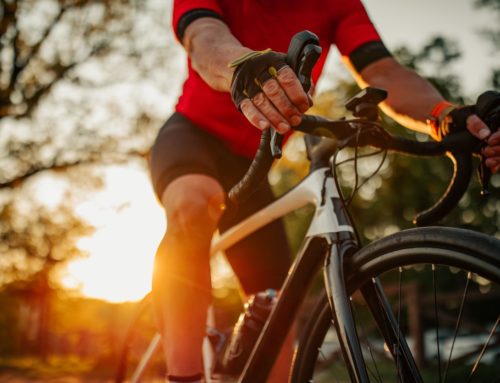
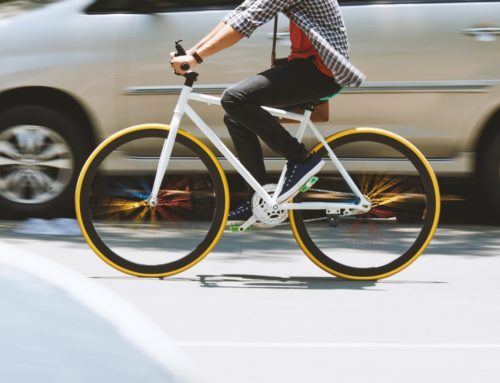
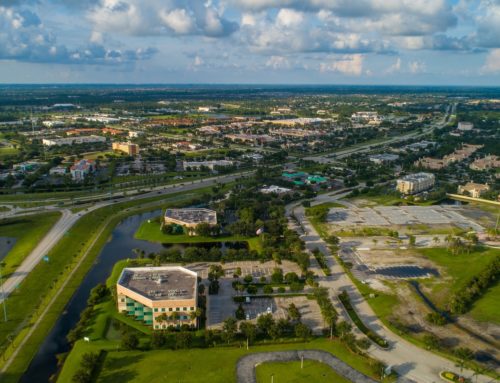
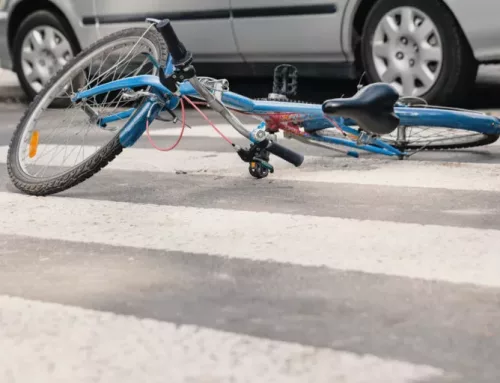
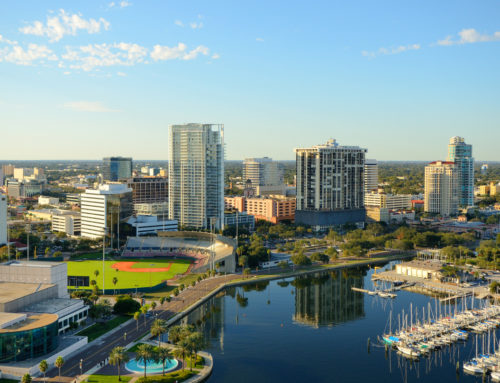
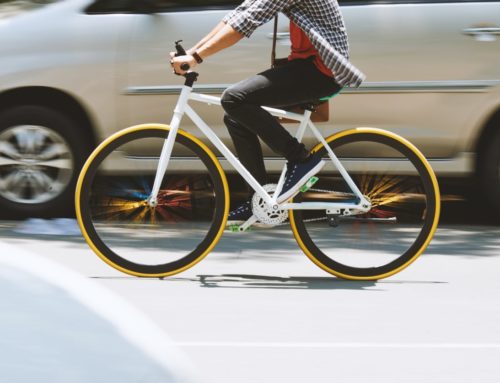
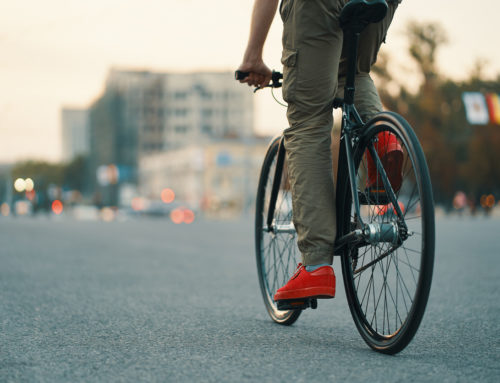
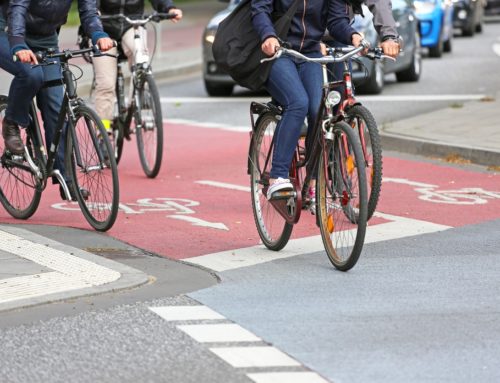
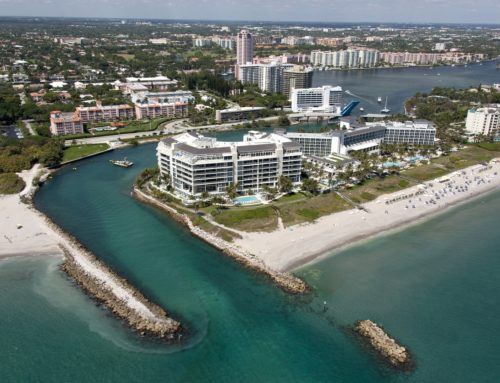
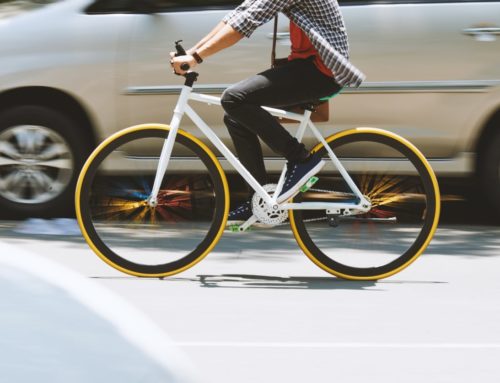
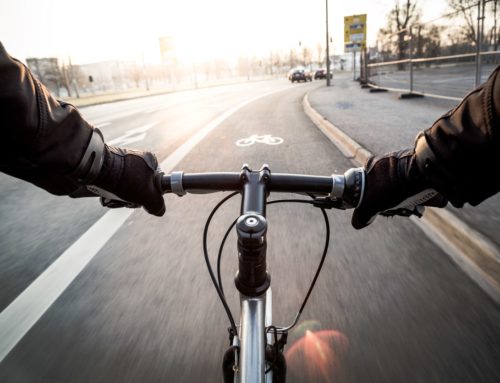

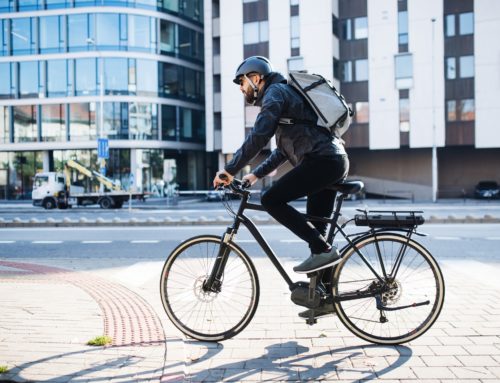
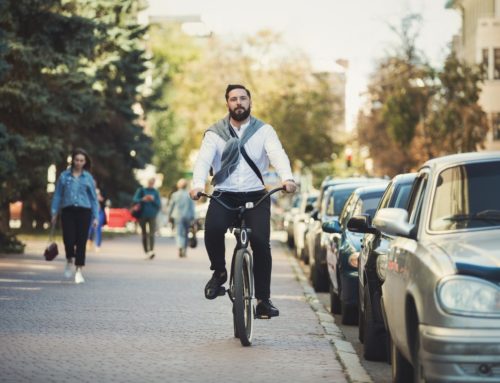

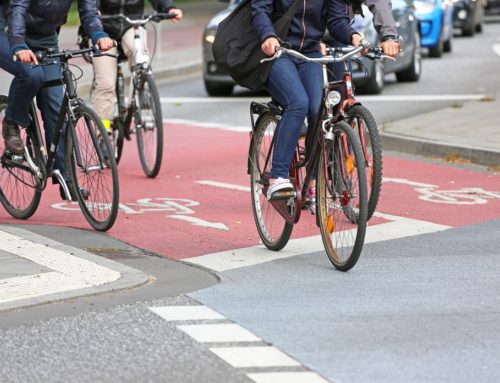
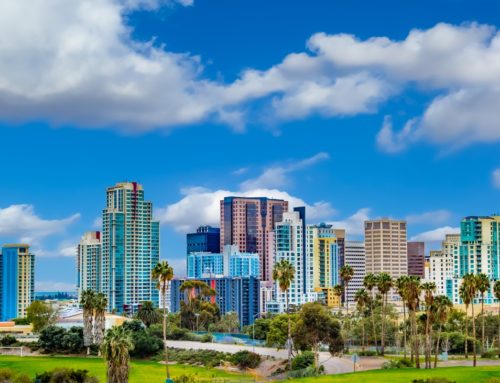
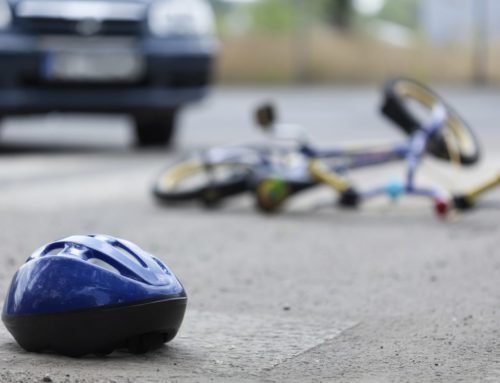
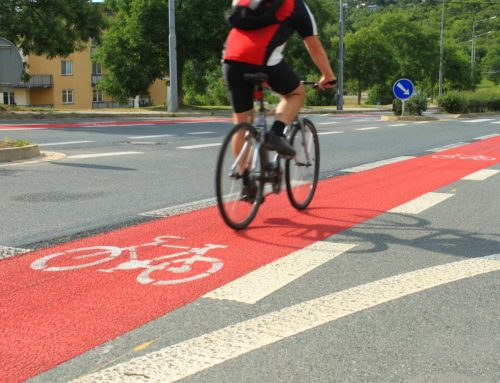


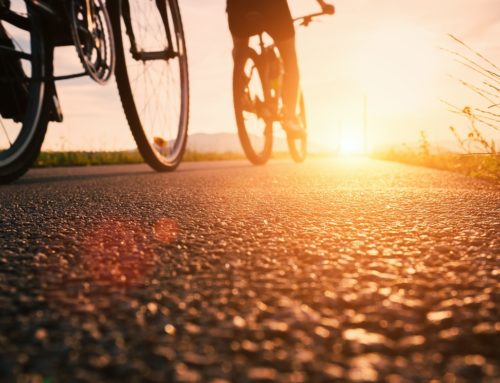
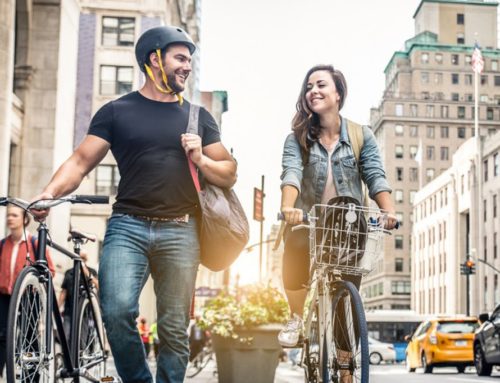
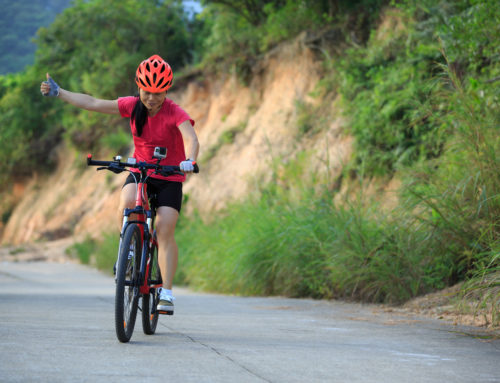
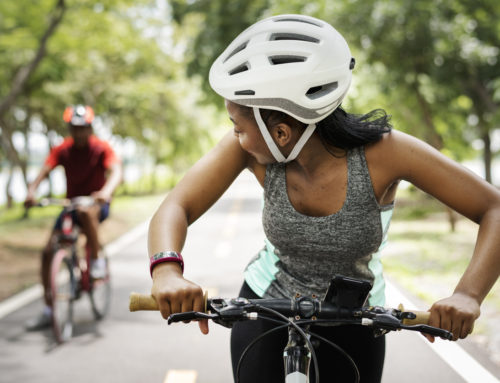
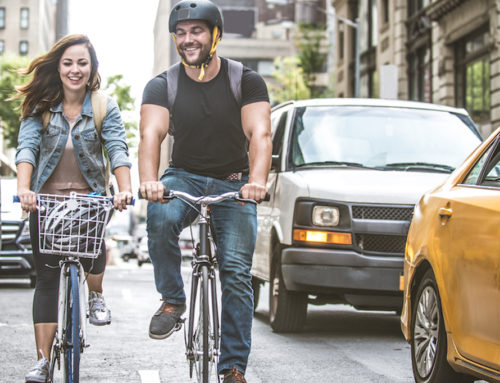

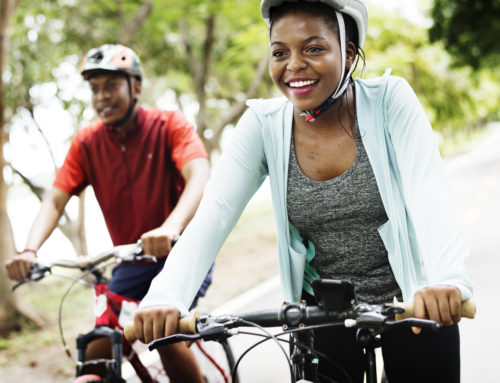
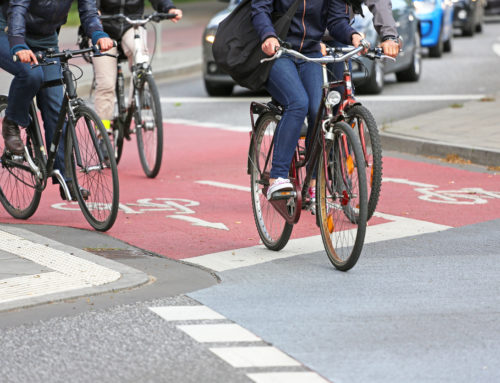
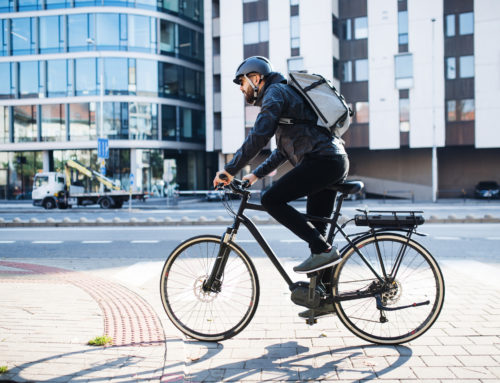
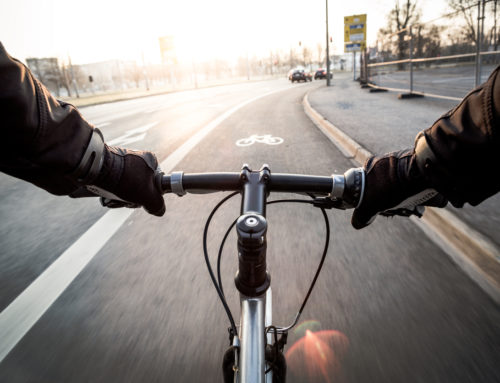

Leave A Comment